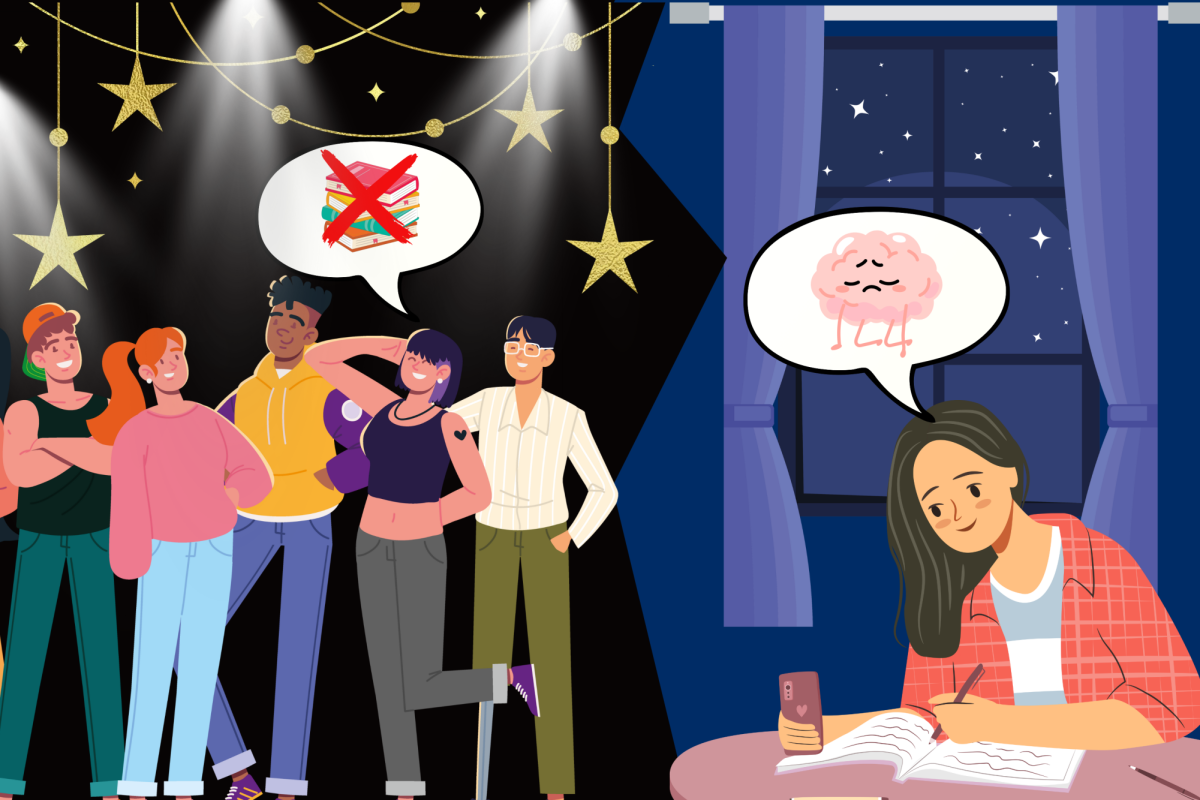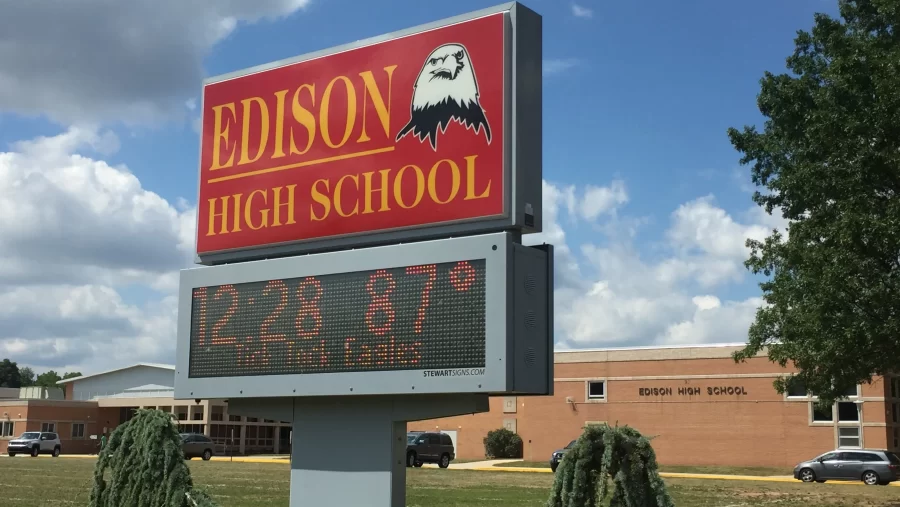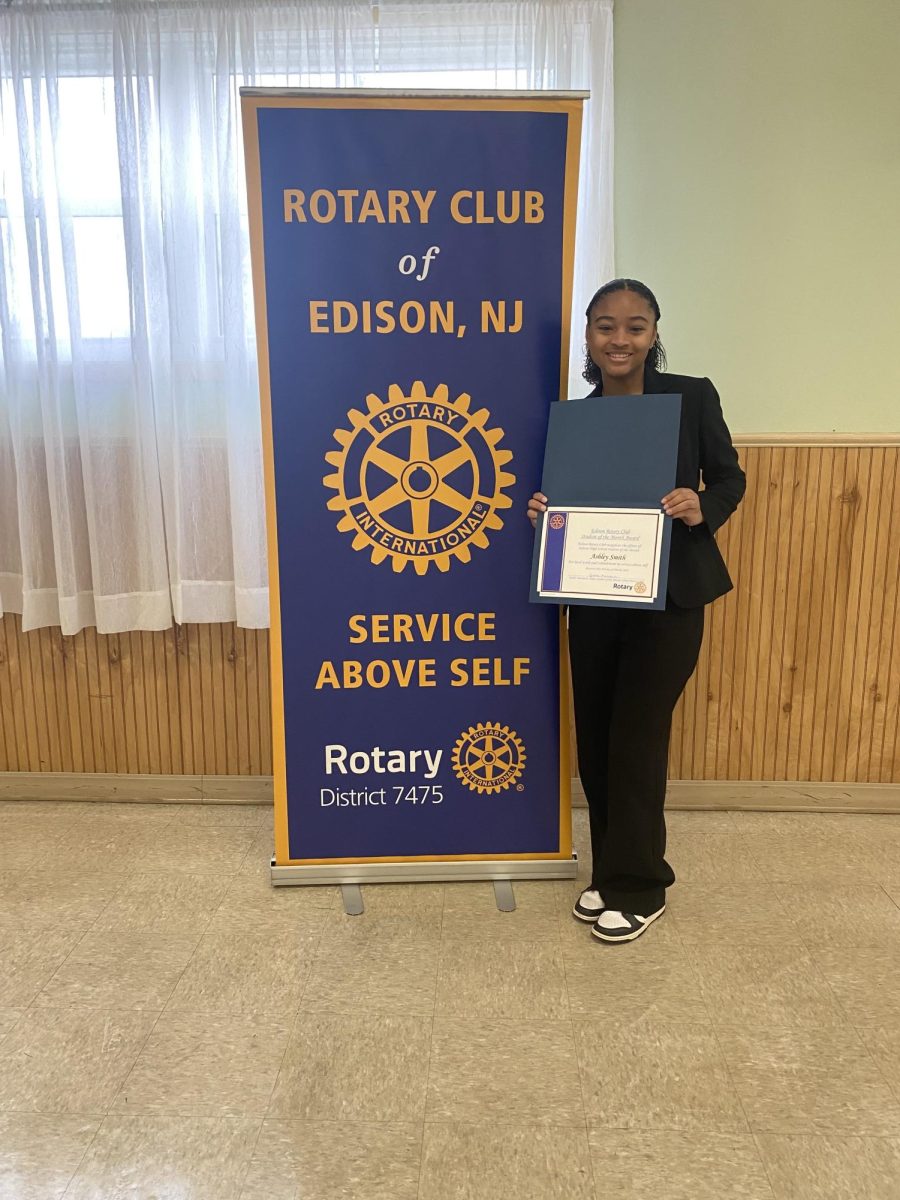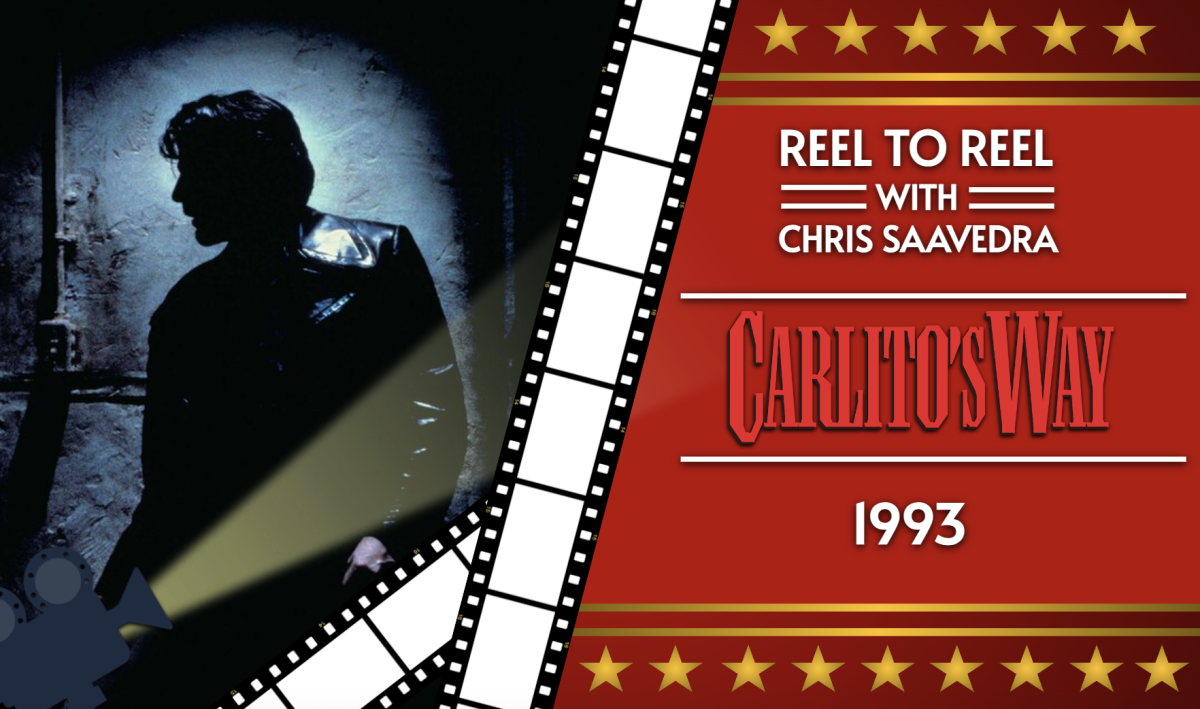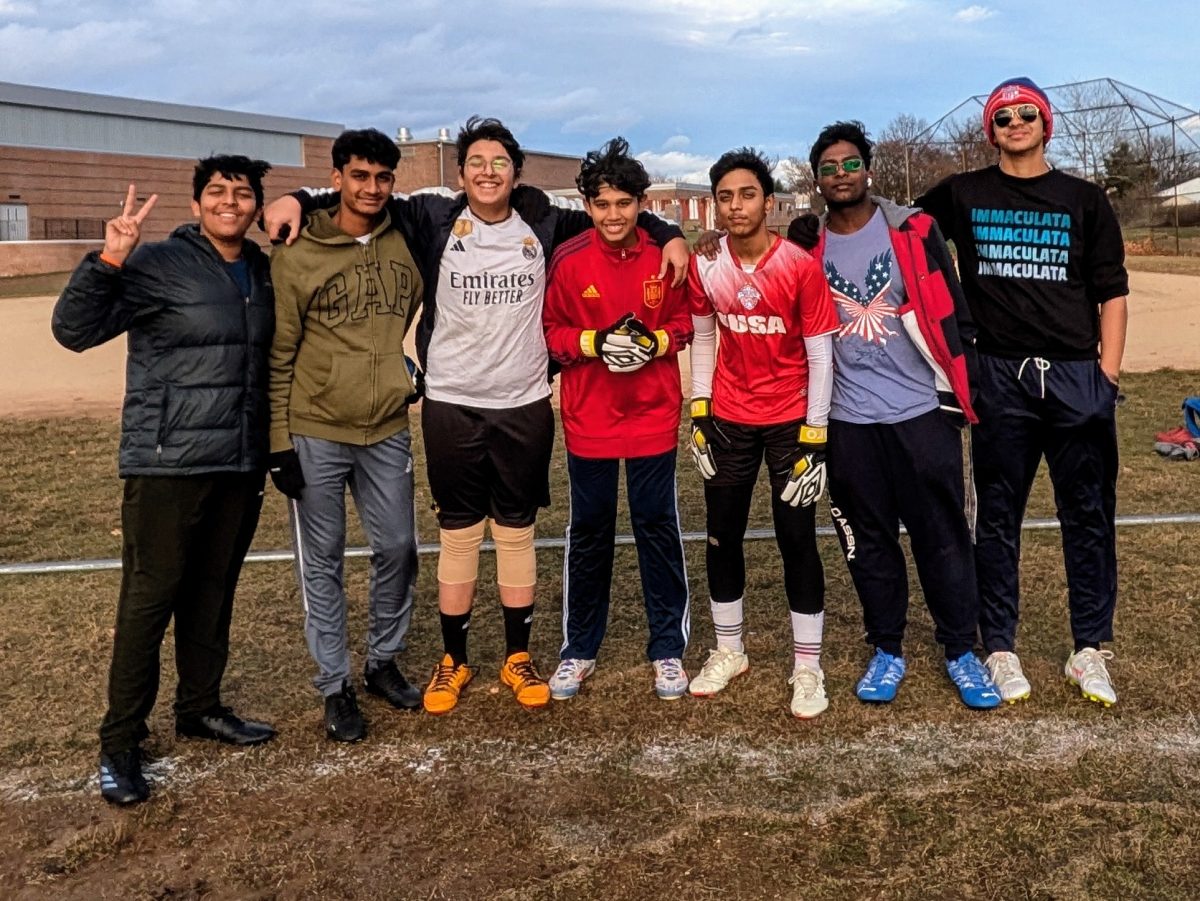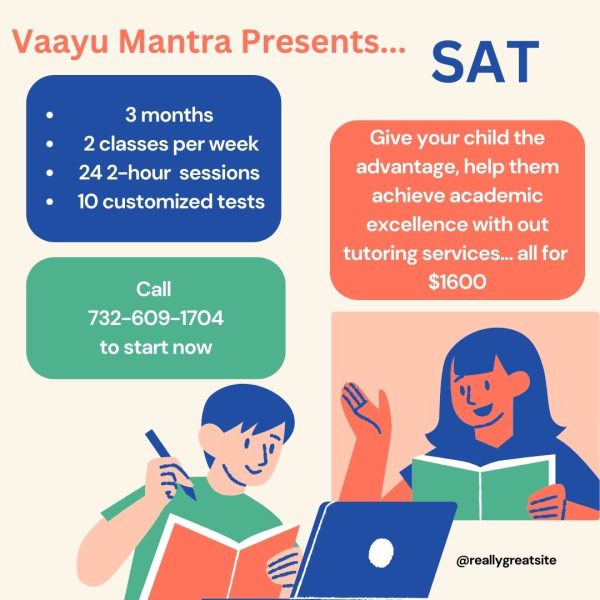An Angry Senior’s College Grievances (And Other Passing Thoughts)
April 19, 2021
Four years of hard work (hard work that has exponentially grown harder over the past decades, mind you) and you open the decision letter from your dream school. “Accepted,” the letter says. You cry in joy.
“You’ve worked very hard and we’re very proud of you,” your parents say. You cry in gratitude.
“Give us an inordinate amount of money, please,” the financial aid letter says. You cry in despair. Somebody tell Six Flags that they better switch industries because no one’s going to drive to North Jersey to experience the thrill of rollercoasters when they can get the same experience at home.
You know, four years of hard work, two of which were spent in American history classes, and yet nobody bothered to tell us that America, land of the supposed free, is actually the land of institutional highway robbery. High taxes, high cost of living, low pay-off—terrible healthcare, a terrible homelessness problem, terrible gun control, but I digress because that is not what I am here to talk about today.
Rather, college costs are a symptom of the U.S.’s broken “free market” system. According to Yahoo, in half a century, the cost of college has jumped 3,009%. In 1970, the cost of private college, on average, was $1,639. In 2019, the cost of private college, on average, is $35,830. But Kathleen, you might be thinking, what about inflation? Well, I have bad news again. The inflation rate from 1970 to the present is only 590.94%. In other words, the present cost of college, adjusted for inflation value, is STILL exponentially higher than the cost of college a mere 50 years ago.
And yet, beyond being the animals who pass by their wounded brothers, we are the animals who actively wield the wounding stone. Financially crippling not just children but their entire families is beyond any question of civilization–it is entirely barbaric.
Allow me to vent a little bit.
As a June baby, I am still 17. I am a minor–a child, if you will. I am not allowed to drink. I am barely allowed to drive legally (mostly because I have been too scared to take the road test, but I digress). I am not allowed to do drugs, besides caffeine. And yet, I must consider if I should take out five, six figures in loans to afford a higher education before I’ve had a job that pays half of that. In a so-called developed country like America, no child should be worrying about how much debt they’re going to carry well into their adulthood.
You know, anthropologist Margaret Mead says that the first sign of civilization isn’t tools or fire, it’s a healed femur bone. In the wilderness, a broken leg is near certain death, because without the ability to run, you forfeit your ability to find food and to escape predators. A healed femur bone, however, suggests that a fellow human has taken you to safety, tended to the wound, and provided food, shelter, and water. “Civilization” means having both the intent and the means for something many lack in the present day: empathy.
And yet, beyond being the animals who pass by their wounded brothers, we are the animals who actively wield the wounding stone. Financially crippling not just children but their entire families is beyond any question of civilization–it is entirely barbaric.
However, dear reader, fear not: there is a solution! Its name is “government intervention.”
As of 2019, the annual budget for America’s military was $829 billion. Free tuition for public colleges would cost around $62.6 billion per year. Take those funds out of our excessive military spending, and still, we would be the highest spending military in the world, with the second highest spending military, China, widely behind at $261 billion. Oh, some might say, woe! That’s communism, and communism is bad!
Quick tangent: the Red Scare’s propaganda in America is so sinisterly intense that when I visited my home country of China, I had such an illogical distaste for communism that any time I saw a hammer and sickle I scoffed out loud and denounced Chinese propaganda viscerally–which, to be fair, there is, but it’s really a pot-kettle situation. It wasn’t until I learnt more about Marx that I humanized the cause and saw it as what it truly is: not the “enemy,” not the “denigrates,” but simply an alternate (even better, perhaps) political and economic system. In fact, I find that most of the time, the people that benefit the most public misinformation and fear of communism are the 0.1%, the capitalists that reap the most money from the common worker who blames socialism and taxes for their low wages rather than their boss who refuses to pay a livable wage.
In other words: a manipulation tactic to keep the money flowing in. Why else would Bezos want to bust unions?
Beyond the “communism/socialism” counterargument, we can take a brief step back and look at the rest of the world. All other first world countries have affordable college–some even free. For that matter, they also have free healthcare and, y’know, a significant lack of people lost to mass shooters, but I’m afraid that if I start on that tangent, I won’t be able to stop. They are not dirty, socialist states–no, I’m saddened to announce that they are all capitalist countries. They’re not skewed left, it’s just that America is (increasingly) skewed right.
Point being, we are vastly behind globally, empathetically, and logically in terms of college. A higher education should not be reserved for those that can afford it. Not only is free or affordable college the most ethical route to go, but should the general population be more educated, we would find ourselves as a society richer in culture and innovation. For all intents and purposes, such a collegiate system leeches America’s potential to become something more.
A more informed, educated person may be able to tell you more. But for now, I am just a high school student—maybe I’ll come back in four years with a more nuanced argument.
And four tons of debt.
























